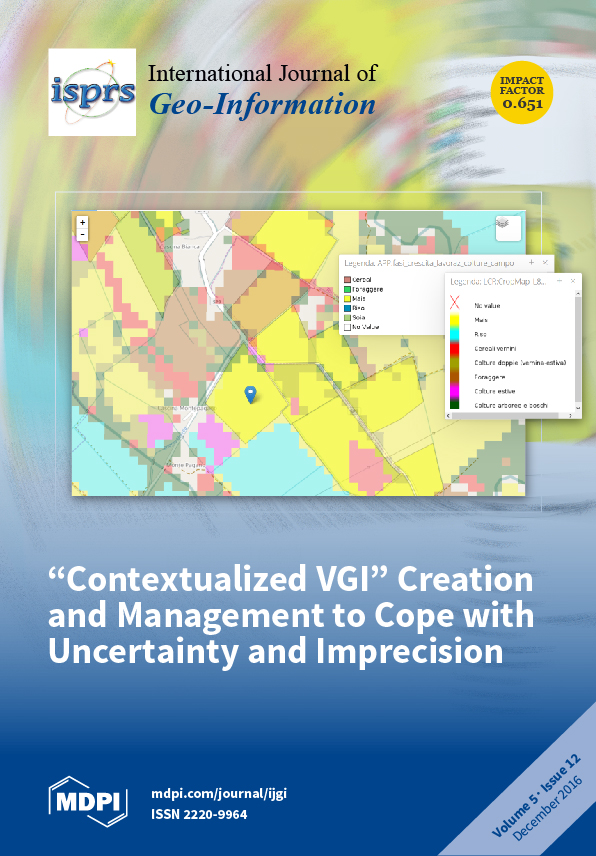Open AccessArticle
Integrating Multiple Spatial Datasets to Assess Protected Areas: Lessons Learnt from the Digital Observatory for Protected Areas (DOPA)
by
Grégoire Dubois, Lucy Bastin, Bastian Bertzky, Andrea Mandrici, Michele Conti, Santiago Saura, Andrew Cottam, Luca Battistella, Javier Martínez-López, Martino Boni and Mariagrazia Graziano
Cited by 13 | Viewed by 6321
Abstract
The Digital Observatory for Protected Areas (DOPA) has been developed to support the European Union’s efforts in strengthening our capacity to mobilize and use biodiversity data so that they are readily accessible to policymakers, managers, researchers and other users. Assessing protected areas for
[...] Read more.
The Digital Observatory for Protected Areas (DOPA) has been developed to support the European Union’s efforts in strengthening our capacity to mobilize and use biodiversity data so that they are readily accessible to policymakers, managers, researchers and other users. Assessing protected areas for biodiversity conservation at national, regional and international scales implies that methods and tools are in place to evaluate characteristics such as the protected areas’ connectivity, their species assemblages (including the presence of threatened species), the uniqueness of their ecosystems, and the threats these areas are exposed to. Typical requirements for such analyses are data on protected areas, information on species distributions and threat status, and information on ecosystem distributions. By integrating all these global data consistently in metrics and indicators, the DOPA provides the means to allow end-users to evaluate protected areas individually but also to compare protected areas at the country and ecoregion level to, for example, identify potential priorities for further conservation research, action and funding. Since the metrics and indicators are available through web services, the DOPA further allows end-users to develop their own applications without requiring management of large databases and processing capacities. In addition to examples illustrating how the DOPA can be used as an aid to decision making, we discuss the lessons learnt in the development of this global biodiversity information system, and outline planned future developments for further supporting conservation strategies.
Full article
►▼
Show Figures





